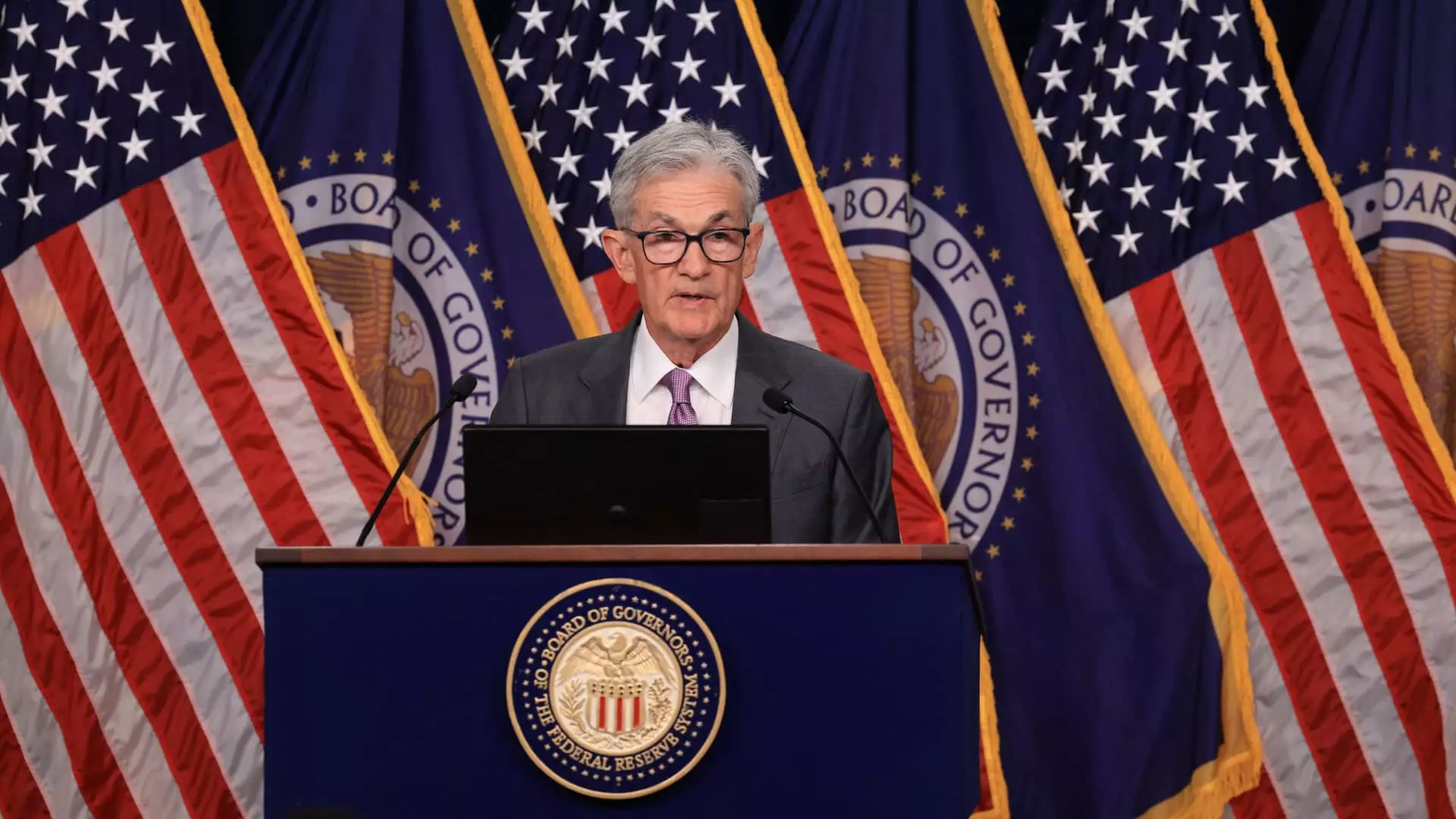The Federal Reserve’s recent deliberations have led to significant implications for U.S. monetary policy. As of the latest meeting, the Fed has projected interest rate adjustments aimed at navigating the complexities of the current economic landscape. By interpreting the latest economic signals, the Fed is attempting to foster an environment conducive to sustainable growth, particularly as it pertains to inflation and employment stability. The outlined trajectory suggests a cautious yet proactive approach in managing economic recovery in a post-pandemic world.
During its latest meetings, the Federal Reserve indicated a potential reduction of the benchmark interest rate by a total of 1.5 percentage points by the end of2024. As part of this strategy, the central bank plans to hold two more policy meetings within this timeframe: one scheduled for early November and another in mid-December. According to the ‘dot plot’ released by the Federal Open Market Committee (FOMC), a significant segment of its members are forecasting an end-year rate of approximately 4.4%, translating to a target range of 4.25% to 4.5%. This signals a broader effort to rectify the economic strains exacerbated by the pandemic and ensuing inflationary pressures.
Moreover, looking into 2025 and beyond, the Fed’s projections indicate that interest rates may stabilize around 3.4%. By extending the analysis into 2026, there is an expectation of further reductions, with rates possibly settling down to 2.9%. Fed Chairman Jerome Powell’s remarks during the post-meeting press conference underscore a gradual and thoughtful approach towards these reductions. He noted, “There’s nothing in the SEP that suggests the committee is in a rush to get this done,” reflecting a consensus that this is not merely a response to immediate economic turmoil, but rather part of a strategically paced evolution of monetary policy.
In assessing the underlying economic conditions, the Fed’s latest statement conveyed increased confidence in the trajectory of inflation, suggesting it is aligning toward the targeted 2 percent mark. This optimism suggests that any risks associated with achieving both employment and inflation goals are deemed appropriately balanced by the committee. However, a notable revision has been made to the expected unemployment rate, which was adjusted upward to 4.4% for the current year, indicating a more cautious outlook on job market recovery than previously projected. Simultaneously, the inflation forecast was reduced from 2.6% to 2.3%, reflecting a conscientious adjustment based on evolving economic data.
The Federal Reserve’s careful maneuvering through the changing economic tides illustrates a commitment to stabilizing a post-pandemic economy. As interest rates are set on a path of gradual reduction, stakeholders must remain vigilant in evaluating how these shifts will influence broader economic indicators. The interplay of inflation and employment will be critical as the Fed continues to navigate these uncharted waters, ensuring that policies are responsive and reflective of the economic realities at hand. This approach ultimately seeks not only to temper inflation but also to bolster a resilient labor market, laying a foundation for sustainable growth moving forward.

